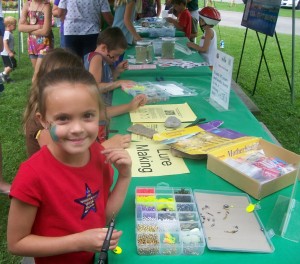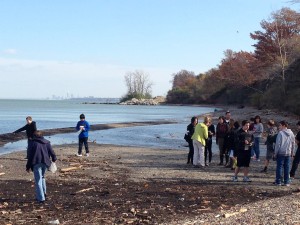What do you get when you combine a leadership program class assignment with a county health outcome ranking of 76 (of 88)? A real-life ‘Pokemon-type’ outdoor treasure-hunting game using GPS-enabled devices.

The Leadership Fayette alumni class of 2015 recently launched the geo-caching project in Washington Court House as a part of the community’s efforts to improve its health, physical and fitness outcomes of residents and visitors. Like a high-tech game of hide and seek, geo-caching appeals to people of all ages.
Anyone can participate at no cost and engage in as much or little physical activity as they desire. Because many approach geo-caching from a group or team perspective, they may make the hunt a race or a relay.
From an educational perspective, many of the caches are hidden at important historical or geographical sites in the community. Uncovering the caches of educational information helps increase awareness of an area’s cultural assets and can help build a sense of team when done with others.
It is too soon to know of the health benefits of this Fayette Leadership alumni class project. But it is clear that the local lea dership development program has enabled participants to come together to collaborative in addressing a significant community challenge.
dership development program has enabled participants to come together to collaborative in addressing a significant community challenge.
You can learn more about geocaching here. To learn more about Leadership Fayette, go here.
Godwin Apaliyah is a Community Development Extension Educator in Fayette County (Miami Valley EERA).



